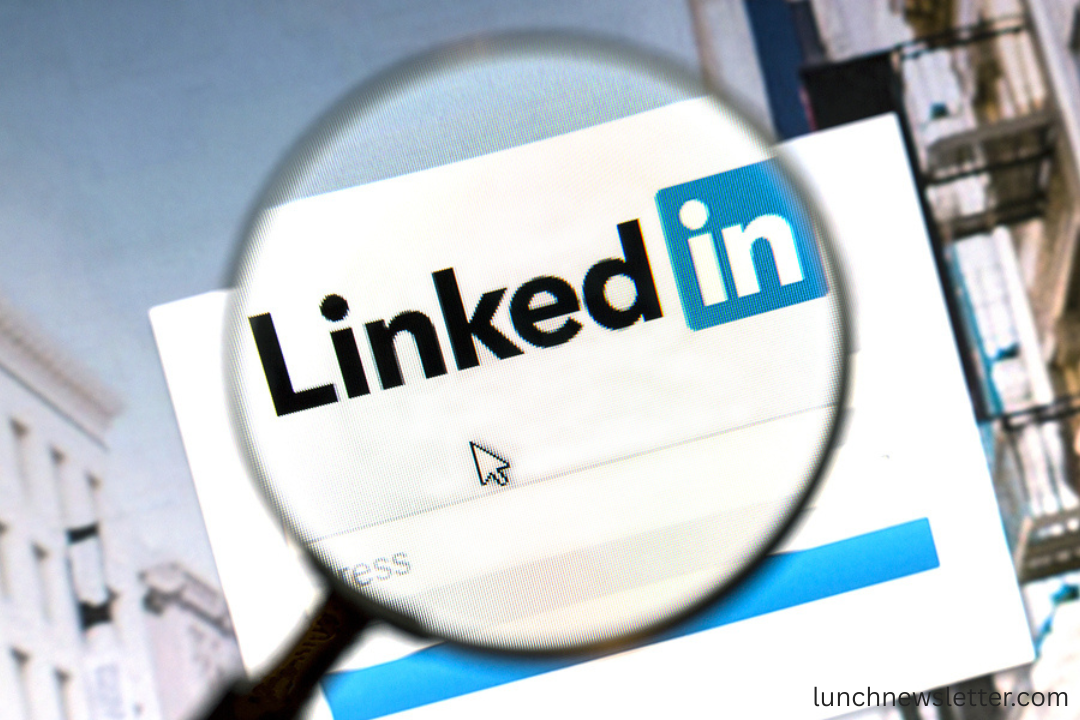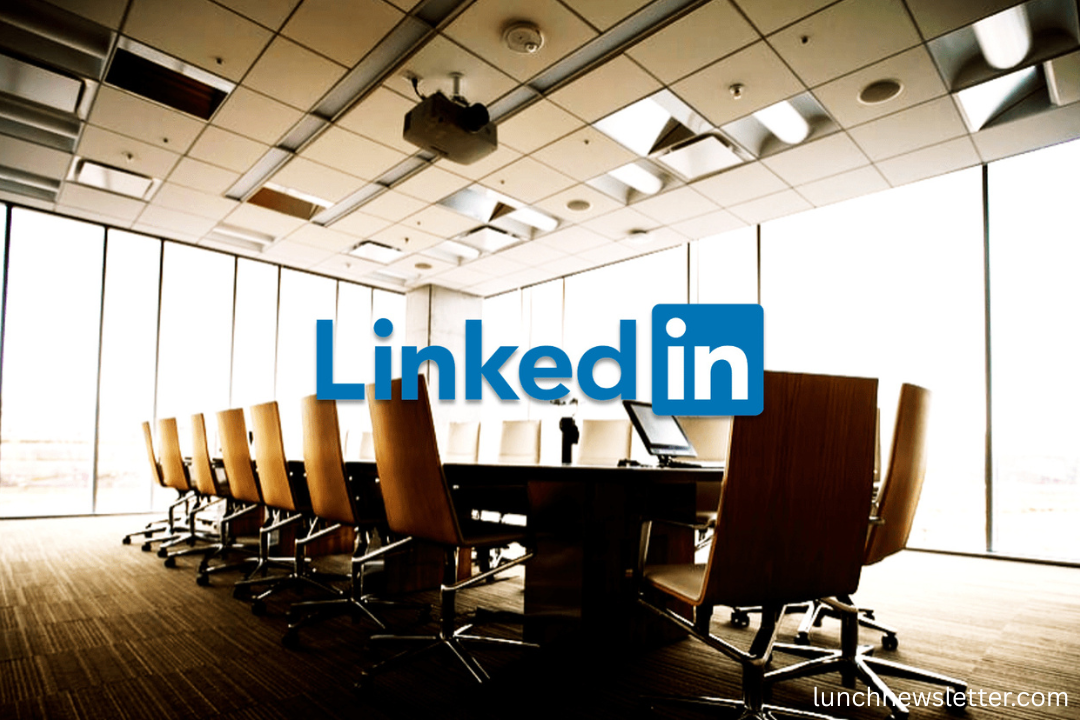LinkedIn, the world’s largest professional networking platform, is undergoing a significant workforce reduction as part of Microsoft’s broader cost-saving initiative. The decision to cut jobs at LinkedIn underscores shifting priorities within the tech industry, where companies are recalibrating strategies in response to economic pressures and evolving digital trends.
While not entirely unexpected, the reduction in workforce marks a pivotal moment for LinkedIn. As part of the Microsoft ecosystem, LinkedIn is not just a social network—it’s a major driver of enterprise software, B2B marketing, and digital hiring services. This move to slash jobs raises essential questions about the platform’s future direction, its monetization strategies, and the broader tech employment landscape.
Microsoft’s Strategic Realignment Affects LinkedIn
Microsoft, LinkedIn’s parent company since its $26 billion acquisition in 2016, has been streamlining operations across several business units. These cost rationalization efforts are focused on improving operational efficiency, enhancing profitability, and reallocating resources toward AI and cloud technologies.
LinkedIn is one of several Microsoft-owned divisions undergoing cuts. The move reflects a more significant shift toward automation, platform integration, and long-term sustainability. While LinkedIn remains profitable and widely used, its job-related features, premium services, and ad platforms are being reassessed to align with Microsoft’s growth objectives.
Why LinkedIn Is Cutting Jobs
Several factors contributed to the decision to cut jobs at LinkedIn:
- Economic slowdown: Advertising revenue, one of LinkedIn’s primary income streams, has seen declines across the digital sector.
- AI and automation: Emerging technologies are streamlining processes, reducing the need for specific roles.
- Changing user behavior: A shift toward remote work and hybrid recruiting has affected demand for traditional HR and talent solutions.
- Operational redundancy: After years of expansion, LinkedIn is consolidating roles that may have overlapped across teams.
By trimming its workforce, LinkedIn aims to become leaner and more adaptable to the rapidly changing business environment, particularly in a tech ecosystem now driven by AI innovation and cost efficiency.
Departments Most Affected by LinkedIn Layoffs
While LinkedIn has not publicly detailed every department impacted, sources indicate the cuts are concentrated in:
- Recruitment Solutions
- Marketing and ad sales
- Learning and development
- Engineering support roles
These departments were key contributors during LinkedIn’s high-growth years. However, the shifting landscape of recruitment, digital learning, and enterprise software means some of these roles are no longer as critical as before.
LinkedIn’s Business Model and Revenue Streams
LinkedIn generates revenue primarily through three channels:
- Talent Solutions – Tools and subscriptions that help recruiters find and hire talent.
- Marketing Solutions – B2B advertising and sponsored content targeted at professionals.
- Premium Subscriptions – LinkedIn Premium memberships offering enhanced features.
These revenue streams have been strong historically, especially during the remote work boom. However, as competition intensifies and advertising budgets shrink, LinkedIn’s profitability has come under pressure, necessitating cost optimization.
Impact on LinkedIn Users and Services
So far, the layoffs are not expected to affect LinkedIn’s core functionality. The platform will remain fully operational, including job postings, networking features, and content publishing tools. However, users may notice changes in service delivery, such as:
- Slower customer support response times
- Less personalization in job recommendations
- Modified user interface or premium feature adjustments
Despite these potential changes, LinkedIn remains committed to maintaining a stable experience for its users. The platform continues to play a critical role in professional development, recruitment, and business networking.
Industry Wide Job Cuts Reflect Broader Trends
LinkedIn is not alone. Major tech companies, including Google, Amazon, Meta, and Salesforce, have also reduced headcounts in the past year. These layoffs reflect:
- Post-pandemic market corrections
- Focus on profitability over growth
- Investment redirection toward AI and automation
- Cautious investor sentiment
As part of the broader Microsoft ecosystem, LinkedIn’s job cuts are emblematic of a tech industry prioritizing strategic refinement over rapid expansion.
What This Means for LinkedIn Employees
Affected LinkedIn employees have been offered severance packages, career transition services, and access to Microsoft’s internal job board. Many are sharing their stories on the platform itself, using hashtags like #LinkedInLayoffs and #OpenToWork to connect with new opportunities.
This moment also serves as a reminder of LinkedIn’s dual role as a tech company and a job-seeking platform. It presents a paradox that laid-off employees are now using LinkedIn to find their next roles, emphasizing the platform’s centrality in modern professional life.
LinkedIn’s Future in the Microsoft Ecosystem

Despite these layoffs, Microsoft remains committed to LinkedIn as a strategic asset. The platform is central to several Microsoft initiatives, including:
- Microsoft 365 integration – Seamless collaboration across Outlook, Teams, and LinkedIn profiles.
- AI-powered recruiting – Enhanced by Microsoft’s investment in AI through Azure and OpenAI.
- B2B marketing and data analytics – Leveraging LinkedIn’s massive user base for targeted enterprise solutions.
With AI taking a front seat, LinkedIn is expected to evolve into a more intelligent, more automated professional network—streamlining recruitment, learning, and content discovery at scale.
How Users Can Navigate the Change
For users worried about platform changes, the key is to stay proactive. Here are a few steps professionals can take:
- Update your profile: Ensure your skills and experience reflect current trends.
- Engage with your network: Comment, post, and connect regularly.
- Use LinkedIn Learning: Gain in-demand skills in AI, data analysis, and digital marketing.
- Leverage job alerts: Stay ahead of new openings tailored to your expertise.
- Consider premium tools: Handy for job seekers and recruiters navigating a shifting landscape.
By staying informed and engaged, users can continue to benefit from everything LinkedIn offers—even amid internal restructuring.
LinkedIn’s Commitment to Innovation
Even in the face of layoffs, LinkedIn remains committed to innovation. The platform is currently rolling out AI-powered writing assistants, enhanced job-matching algorithms, and brighter news feeds. These tools are designed to help users gain more value from the platform while also reducing the need for manual moderation and curation.
By investing in AI and automation, LinkedIn is preparing for the future of work—a future that is data-driven, highly personalized, and constantly evolving.
Frequently Asked Questions (FAQ’s)
Why did LinkedIn cut jobs recently?
LinkedIn reduced its workforce as part of a broader cost-cutting initiative by parent company Microsoft. The move aims to streamline operations and focus resources on more strategic areas such as AI, automation, and cloud-based solutions.
Which departments were most affected by LinkedIn layoffs?
The most affected departments reportedly include recruitment solutions, marketing, and ad sales, learning and development, and specific engineering support roles. These cuts reflect shifts in market demand and internal restructuring.
How many jobs were cut at LinkedIn?
While the exact number has not been publicly disclosed in full, reports indicate that hundreds of roles were eliminated globally. This move is part of Microsoft’s more significant effort to reduce operational costs across its divisions.
Will the LinkedIn platform experience any service changes?
The core LinkedIn platform remains fully functional. Users may notice minor adjustments in feature development, customer support response times, or UI updates, but no significant service interruptions are expected.
Are LinkedIn Premium features affected by the layoffs?
No immediate changes to LinkedIn Premium features have been announced. Users with paid subscriptions can continue using advanced tools for job searching, networking, and learning without disruption.
How was Microsoft involved in the decision to cut jobs on LinkedIn?
As LinkedIn’s parent company, Microsoft oversees financial and strategic planning. The job cuts are part of Microsoft’s broader effort to optimize operations, reduce redundancy, and realign focus toward emerging technologies.
Can laid-off LinkedIn employees use the platform to find new jobs?
Yes, many affected employees are actively using LinkedIn to network and seek new opportunities. The platform remains a key resource for job searching, especially during industry transitions like these.
What does the future look like for LinkedIn after these layoffs?
LinkedIn is expected to continue evolving, with more emphasis on AI, more innovative recruitment tools, and deeper integration with Microsoft products. The platform remains a critical player in the professional networking and B2B marketing space.
Conclusion
LinkedIn’s decision to cut jobs as part of a larger Microsoft cost rationalization plan reflects the tech industry’s changing priorities. While the layoffs are unfortunate for those affected, they mark a strategic pivot aimed at ensuring LinkedIn’s continued growth and relevance in an AI-driven world. LinkedIn remains a vital tool for users and businesses. Its ability to connect professionals, facilitate hiring, and offer valuable content continues to set it apart. As the platform evolves, expect more automation, innovative features, and deeper integration with Microsoft’s ecosystem.
